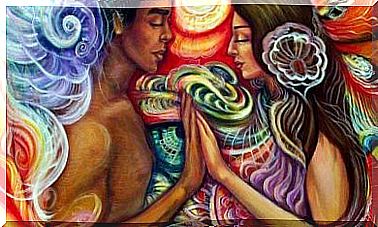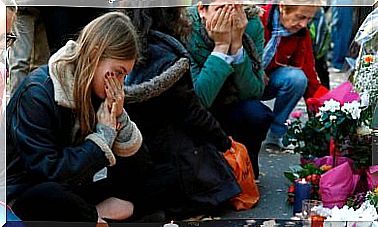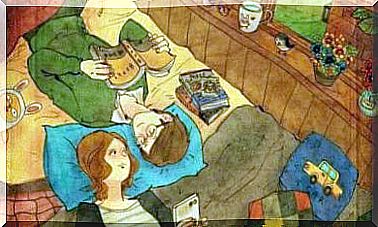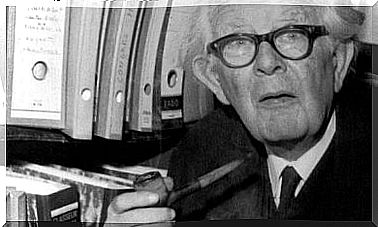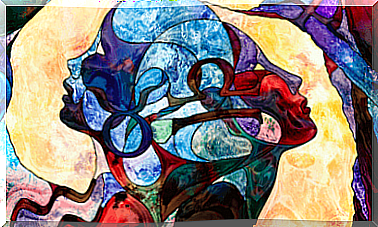José De Espronceda: Biography Of A Romantic Poet
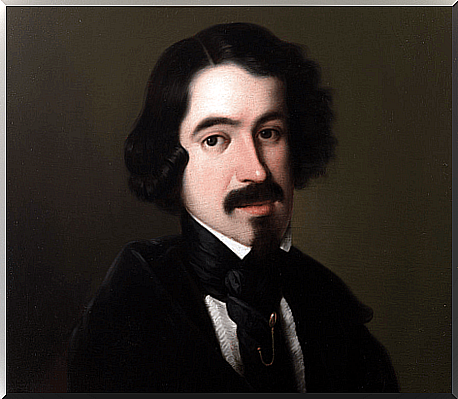
Many people know José de Espronceda and his poetry. His poems consist of contrasts, descriptions and a plethora of adjectives. Espronceda was inspired by historical figures and legendary stories.
He was a rebellious and desperate romantic who also participated in politics. He worked with several genres. For example, he wrote a novel called Sancho Saldaña as well as plays and various news articles. But he is probably best known for his poetry.
In this article, we invite you to discover José de Espronceda – both his life and his work. If you learned about “The Song of the Pirate” at school, you might not have thought much about it. But now that you’re a little older, some questions may have arisen: why is the protagonist a pirate? Can a pirate be a romantic hero?
The titles of the poems have in this article been translated into Swedish.

José de Espronceda: his life
José de Espronceda was born in Almendrajelo, Spain, in 1808. Politics and literature marked his life, and in his youth he sought revenge for the death of Rafael de Riego. He also founded a secret revolutionary group, which led to his being imprisoned in a monastery. At that time, he began composing “Pelayo” – an epic poem about the Muslim conquest of Spain.
The contrast between his ideas and the reality of the country led to his being exiled. He first moved to Gibraltar, then to Lisbon and finally to London. He was imprisoned many times because of his ideology. After a visit to Paris, however, he returned to Spain.
Lord Byron drew clear inspiration from José de Espronceda. Both quoted Plato and Horace, explained the sources in their poems and were inspired by Aristotle. The literary critic Esteban Pujals devoted himself to studying the relationship in his work Espronceda and Lord Byron (1951). In it he also pointed out that although Byron stands out in epic and narrative aspects, Espronceda is superior as a lyrical poet.
In addition to his literary career, he was also very involved in politics. As a result , he was a Member of Parliament for the Progressive Party during his last month of life. However, he died prematurely at the age of 34 of diphtheria. By his death he had achieved great success and recognition as a poet. Therefore, many attended his funeral.
Classification of his poems
- Political, patriotic and libertarian poems: in his poem “To the Fatherland” he attacks despotism and the government of Spain. In the same category we also find the sonnet “To the death of Torrijo and his companions”.
- Poems about the Romantics’ threat to social conventions and their aspiration for absolute freedom: in this category stand out many poems, such as “Under the Death Sentence”, “The Song of the Pirate” and “The Executioner”. The poems are about outcast figures. The “song of the Cossack” has a social and humanitarian dimension.
- Philosophical poems: in this group we can find “To Jarifa in an orgy”, “To a star” and “Ode to the sun”.
On the other hand , we can also list his transition poems. In other words, poems in which Espronceda imitates his role models.
Esproncedas “Songs”
If we ignore “Djävulsvärlden” , “Sångerna” is his most original work. There are a total of six songs, and each introduces a new rejected character. The first song is found in the novel Sancho Saldaña and is called “The Prisoner”. Although it is not the most innovative, it is about problems such as rebellion and submission.
“The Song of the Pirate” is the most famous of his songs. In it we finally see the exaltation of the romantic hero. The protagonist is a pirate whose only goal is to live in freedom, without submitting to anyone. He is not happy with the world’s values and therefore goes out to sea – the most absolute freedom there is.
This is why many people see it as the first romantic, Spanish diet. Furthermore , Espronceda uses these protagonists to project their values. Like a pirate, he loved justice and freedom above all else. In “The Executioner”, he rejects injustice and excessive punishment in the judiciary. He asks for punishments that suit the crime.
His heroes are symbolic projections of the poet’s own self. They represent symbols of individual rebellion against a wealthy bourgeoisie that lacks sensitivity. That is why he chooses the outcasts, such as the beggar and the pirate, who live outside the established norms. They reject things they do not like about the world they live in. Espronceda raised his flag with the heroes who represent freedom.

Long poems by José de Espronceda
The student in Salamanca
The Student in Salamanca (1840) is a long narrative poem about the obsession of a character, Don Felix, to court a lady. It consists of four parts: the presentation of the hero, the portrayal of the victim, Miss Elvira, revenge and the revenge of the avenger, and finally a night tour through the city of Salamanca.
This work emphasizes some of the main features of romance, such as the exaltation of the self, the love of contrasts, absolute freedom, etc.
In the poem, the woman Don Felix falls in love with Doña Elvira. But he forgets her the next day, leaving her with a deep pain that leads to her death. Don Diego, Elvira’s brother, is trying to avenge his sister’s death. From that moment on, magic takes over the story. Supernatural events take place throughout the night and the mystique takes control of the verses.
The devil’s world
“The Devil’s World” is a work that José de Espronceda began in 1839, but which he did not have time to complete before his death. It is one of his most interesting and ambitious poems, and represents his pessimism in recent years.
It condemns the conservatives and explores issues such as freedom, the existence of God, etc. For Espronceda, there was evil behind every corner, even in the hearts of men. Hypocrisy and ignorance of the pain of others has corrupted society. In this world, freedom seems non-existent, and there is no room for purity or innocence.
“The Devil’s World” is a poem about rebellion against the established order, against the laws that govern the world. In his verses, Espronceda succeeded in expressing the desire for individual freedom.
